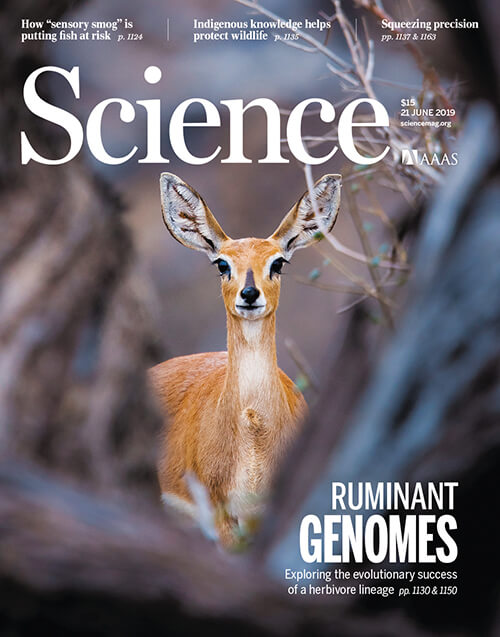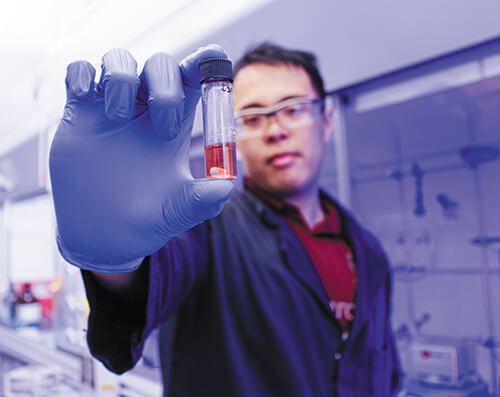Chemistry alumnus gets published

The article highlights a new method developed by the researchers for creating radioactive tracers used with positron-emission tomography (PET) imaging. This new chemistry allows scientists to radioactively tag compounds that previously have been difficult or impossible to label.
“The radioactive tag used in this study is the fluorine-18 atom, which is widely used in PET imaging,” Tay said. “However, current methods for making fluorine-18-tagged tracers are limited, a problem that we hoped our research would address. In doing so, we would enable the development of new radiotracers that would improve our ability to detect cancer and neurodegenerative diseases such as Alzheimer’s.”
The research is still in the exploratory phase. Next steps include applying the method to specific pharmaceuticals to examine their efficacy as radiotracers. The hope is that this technology eventually will be used throughout hospitals.
I think our method is only part of a wide range of biomedical research tackling the difficulties of cancer and Alzheimer’s,” Tay said. “That said, I do feel happy that our research has started a conversation on different ways we can detect these diseases.
When Tay was a student at Messiah, he majored in chemistry because he says he loves how it allows people to translate lab discoveries into solutions for solving pressing problems in society.

“[Assistant Provost and Associate Professor of Chemistry] Alison Noble was my advisor at Messiah, and she was an exceptional mentor,” said Tay. “Her support all throughout my time in college definitely helped me to realize that a career in chemistry was the right choice.”
Noble says Tay’s research is in keeping with his character, work ethic and giftedness. “As a student in my research lab and as my academic advisee, Nick embraced challenges and demonstrated exceptional intellectual curiosity and energy toward learning and discovery, while also being actively engaged in serving others,” she said.
Since completing a Ph.D. in synthetic organic chemistry at UNC, Tay began a postdoctoral research position at Columbia University this fall. At Columbia, he’s developing new light-controlled chemical tools to activate therapeutics and biologically-active molecules in living systems with red and infrared light.
“This would enable researchers to activate drug molecules with spatial precision,” said Tay.
What does all that mean? More effective medicine with fewer side effects.
Tay’s career is just getting started, but he’s already well on his way to making the world a better place.
—Leanne Tan ’21 and Anna Seip